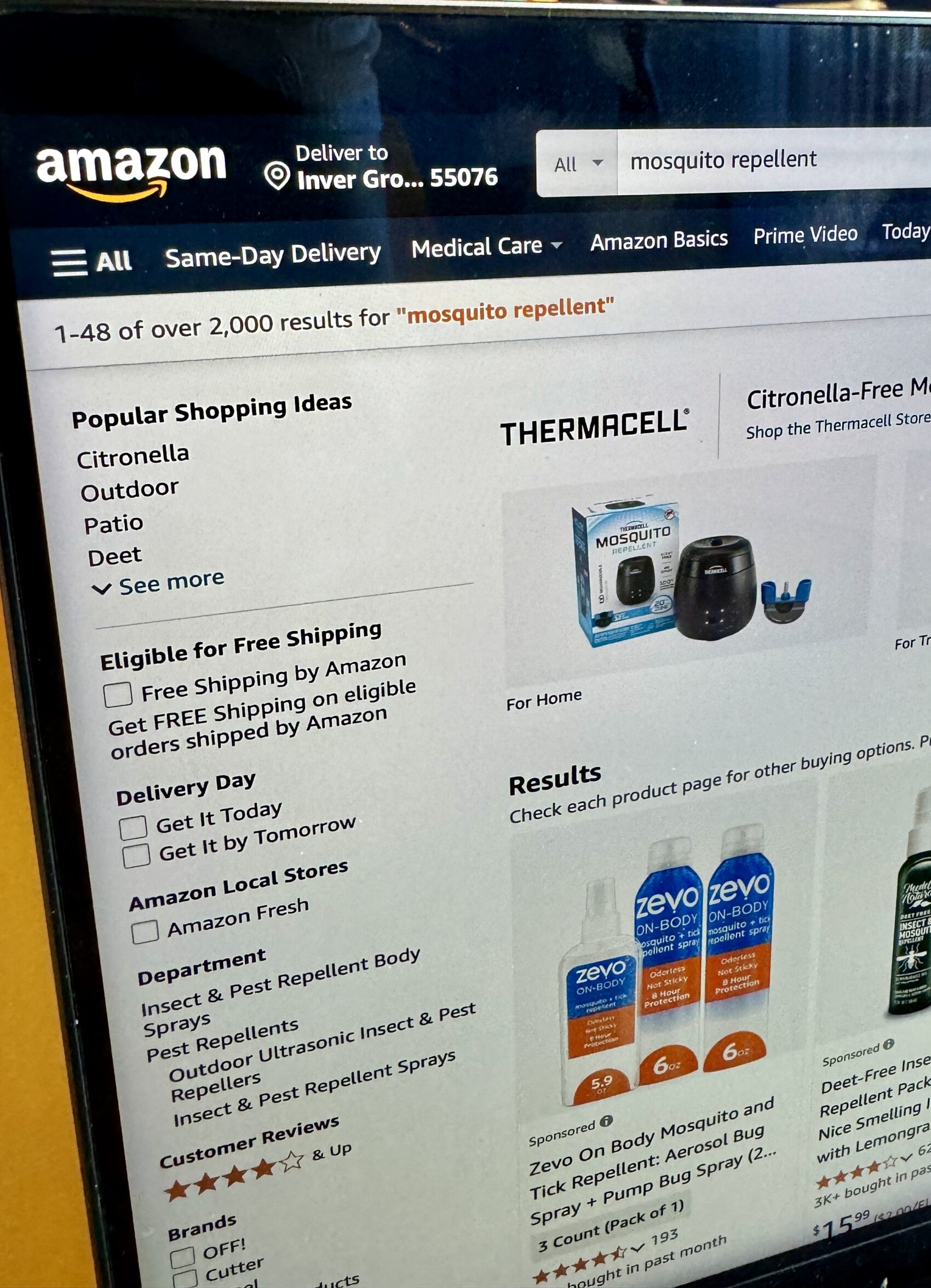While retail media offers tremendous opportunities for brands to reach their target customers, it cannot operate effectively in isolation. To truly succeed, brands must ensure that their retail media efforts are integrated with their broader omnichannel operations. This includes:
 In the evolving retail media landscape, brands that want to win in the long term need to take an integrated, omnichannel approach:
In the evolving retail media landscape, brands that want to win in the long term need to take an integrated, omnichannel approach:
1. Product Detail Page (PDP) Optimization
When a customer clicks on an ad, the product detail page is their next step in the purchase journey. An optimized PDP is critical to conversion. Brands need to ensure that PDPs feature high-quality images, clear product descriptions, competitive pricing, and authentic reviews. If a product page fails to meet these standards, advertising dollars are wasted on traffic that doesn’t convert. Additionally, SEO optimization for PDPs ensures higher organic visibility, reducing reliance on paid media to drive traffic. A well-optimized page not only boosts conversions but also enhances Total Organic Sales (TROAS) over time.2. Inventory and Fulfillment Operations
No matter how well-targeted your retail media campaigns are, they will fail if they drive traffic to products that are out of stock or have long shipping times. Brands must have robust inventory management processes in place to ensure adequate stock levels, particularly during promotional periods. Poor inventory planning can lead to stockouts, which not only waste ad spend but also damage brand reputation. Brands should also align their advertising strategy with fulfillment capabilities. If a product is available but has long shipping times, this can negatively impact conversion rates. Aligning advertising efforts with real-time inventory data and distribution capabilities is key to delivering a seamless customer experience.3. Data-Driven Decision Making Across Teams
Successful retail media strategies require cross-functional collaboration. Marketing teams should not work in a silo but should collaborate closely with operations, sales, and e-commerce teams to ensure that the advertising strategy aligns with broader business goals. This means integrating insights from advertising performance with real-time inventory data, operational KPIs, and customer feedback to continually refine the strategy. A team that looks holistically at the business will ensure that every dollar spent on retail media is driving real business outcomes—whether it’s increasing purchase share, preventing stockouts, or driving repeat purchases and loyalty. In the evolving retail media landscape, brands that want to win in the long term need to take an integrated, omnichannel approach:
In the evolving retail media landscape, brands that want to win in the long term need to take an integrated, omnichannel approach:
- Align retail media spend with other parts of the business to avoid wasted advertising dollars. PDP optimization, inventory management, and seamless fulfillment are critical to success.
- Collaborate across teams: Ensure that marketing, sales, operations, and e-commerce teams are working together toward shared goals. Retail media should be a part of the broader strategy, not a stand-alone initiative.
- Leverage data and insights: Use data to make informed decisions across the business, not just within the advertising silo. Insights from retail media campaigns should inform everything from inventory forecasting to customer experience enhancements.
- Prepare for the Future of Retail Media: Invest in technologies that support AI, automation, and data-driven decision-making. Build stronger relationships with retailers to co-create media strategies that drive mutual success.
